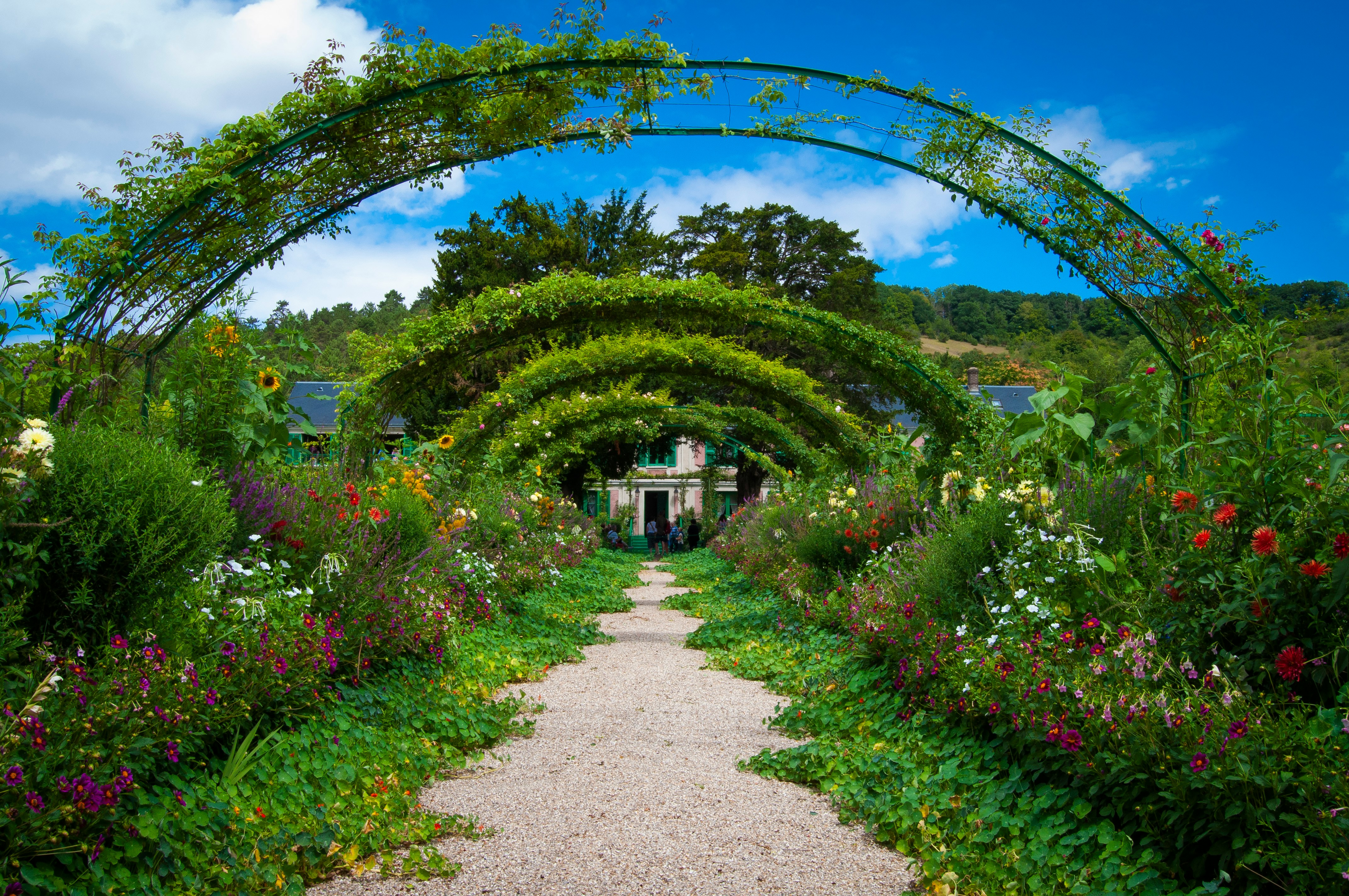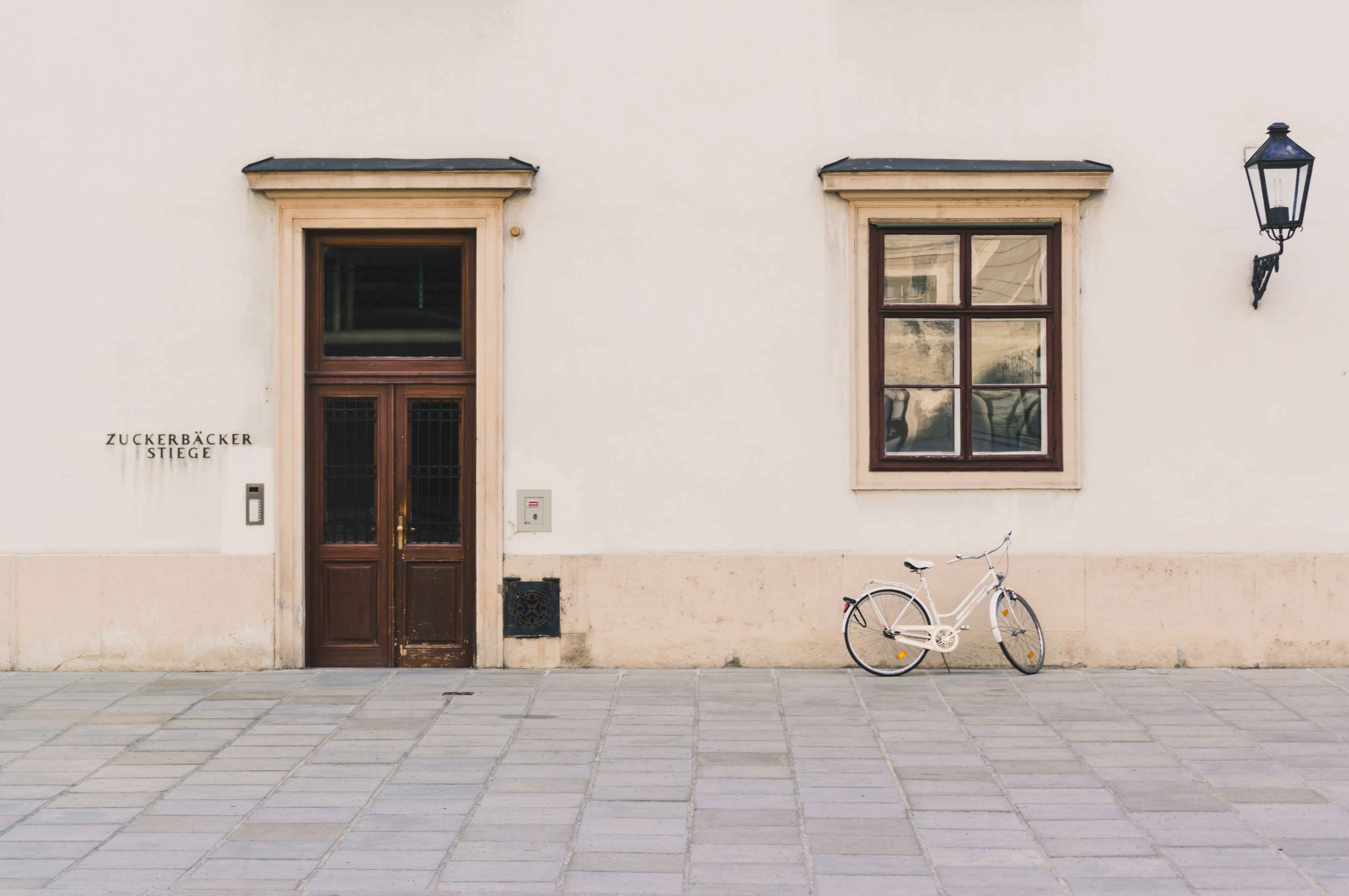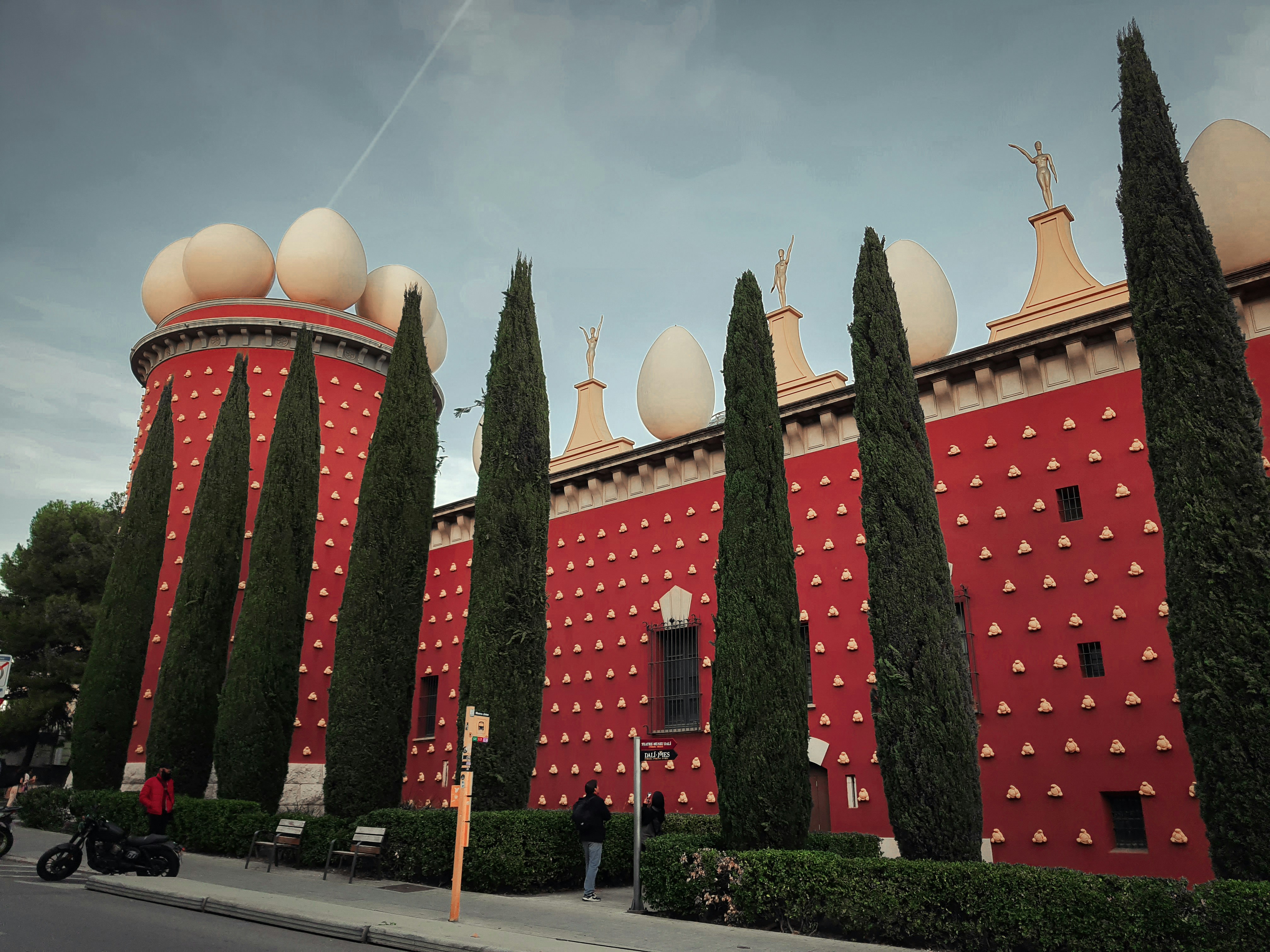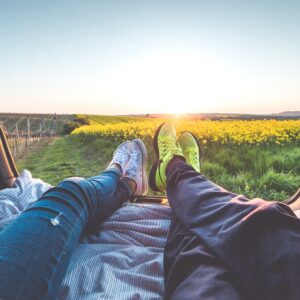Elevated Arts: Where did Europe’s Most Prestigious Artists Live & Work?
4 min readEurope is the world’s most popular tourist destination in terms of sheer numbers.
The main attraction for millions is history and culture.
From stunning architecture to world-renowned cuisines, every region offers an unforgettable look at the humanities. In terms of the arts, coming face to face with prestigious paintings and sculptures is also high on the list for tourists in Europe.
Museums like Le Louvre in Paris, the National Museum in Prague, and the Tate Modern in London house some of the world’s most famous pieces. Many guests save for years to see works like the Mona Lisa, The Birth of Venus, and The Pieta—to name a few.
And while you’ll find contemporary art museums throughout Europe, none hold a candle to the institutions that preserve and showcase work from the continent’s most prestigious artists.
That being said—have you ever wondered where Europe’s most famous artists lived and worked?
Rather than visit the museums that house their most famous works, some tourists prefer to get up close to the neighborhoods, streets, and studios that these artists called home.
If you’re a fan of prestigious artists from Europe, then don’t forget to explore their old stomping grounds. Many old haunts have been turned into museums that offer tours that take you closer to the artists you know and love.
Here are four of the most popular options from across Europe.

Leonardo Da Vinci
Anchiano, Italy
With the last name ‘da Vinci’, you might think that this famous polymath came from the village of Vinci.
In reality, this prestigious artist hails from a nearby village called Anchiano. Until deep dives into the artist’s life in the late 1800s, most assumed he came from Vinci, instead.
Since 2000, Anchiano has expanded its Da Vinci-centric offerings. Visitors can explore the house where he was born (as the illegitimate son of a noble) and grew up, along with more expansive projects like the Museo Leonardiano.
If you’re inclined, you can even visit the Castle Sforza, where da Vinci created some of his first works while employed by the Duke of Milan.

Claude Monet
Giverny, France
You’ve probably heard of Claude Monet’s home in Giverny, which remains open to the public. It’s a hotspot for fans of Monet and other impressionists, as other famous painters like Pierre-August Renoir and Paul Signac regularly visited.
But what makes this location stand out is its impressionist design.
Money purchased the home (a 17th-century farmhouse) back in 1883. He decorated according to his eclectic and colorful tastes—you’ll notice more modern pieces and antiques throughout the home.
But it’s the gardens that are worth soaking up.
Anyone who has studied Monet’s work will recognize the Giverny gardens. They inspired some of his grander works—but they were largely a passion project. Monet adored flowers, and the gardens in Giverny still highlight this, taking you closer to the artist and his deepest inspirations.

Gustav Klimt
Vienna, Austria
There’s no trace of the Vienna home where Gustav Klimt lived as a child—but the city has done a good job preserving his last studio.
He rented an old cottage outside the city center in his later years. After Klimt passed in 1918, the cottage swapped hands with various owners before being handed back over to Vienna’s housing authority in the 1990s.
Since then, the studio has been painstakingly restored. It looks pretty bare-bones and modern to me—but the outdoor gardens have the same fruit trees and flower blossoms that Klimt would have noticed during his time at the villa.
Similar to Monet’s home in Giverny, true fans of Klimt will be able to make the connections between what he saw at the villa and the colors used in his later works.

Salvador Dali
Figueres, Spain
Figueres is a small village located near Spain’s northeastern border with France. It was the long-time home of Salvador Dali, one of the most creative powerhouses in modern art.
Prior to his death, this prestigious artist crafted a vast museum to showcase his life’s works. The museum is a bit gaudy by today’s standards, but it’s not hard to see how revolutionary and mind-blowing it would have been upon its completion in 1974.
In addition to the Dali-curated museum, you can also visit his childhood home.
This museum focuses more squarely on Dali’s earliest years, including what was happening in Catalonia politically during his formative years and his development as an artist.
Visitors can go on a virtual and immersive tour, which might be more intriguing for fans who want a closer look at Dali’s early life.



